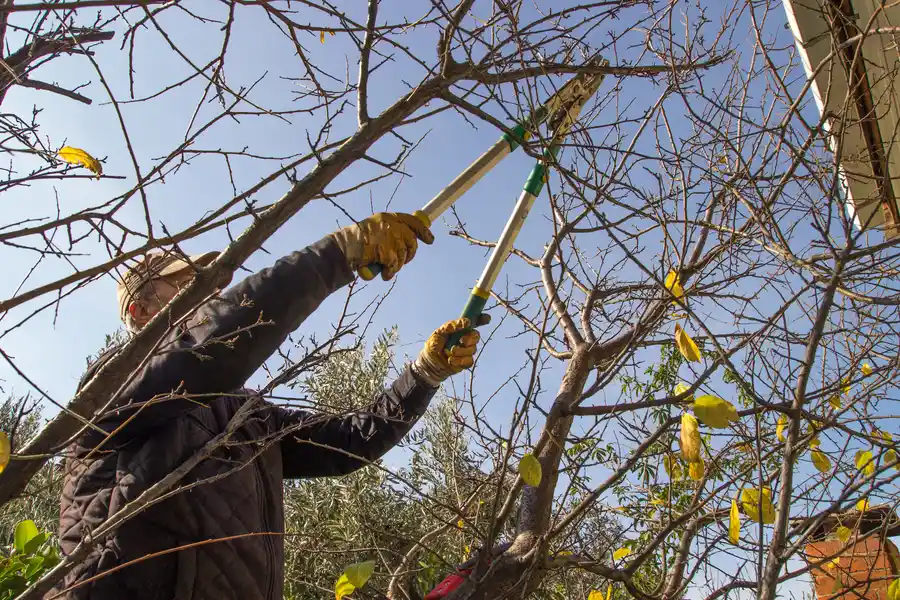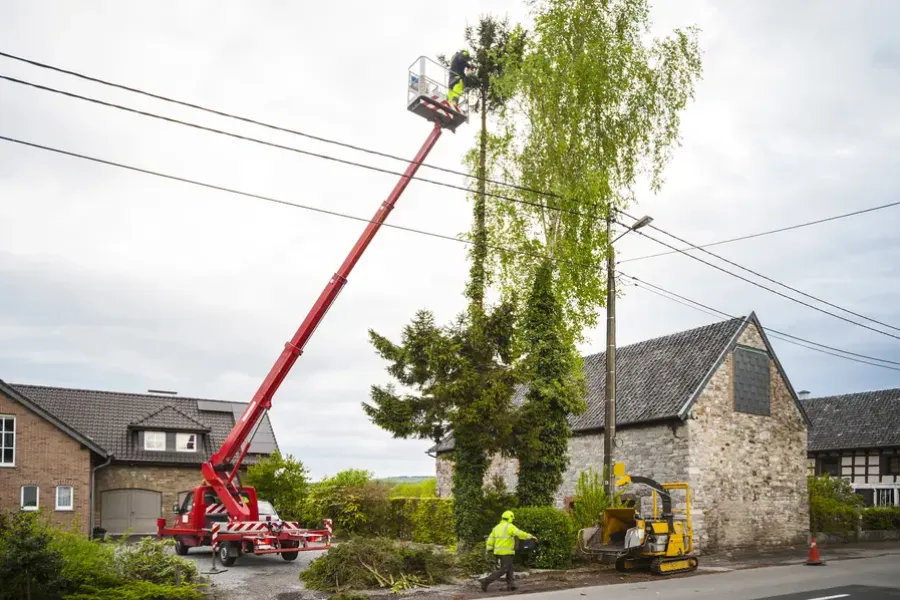Determining the Perfect Timing for Pruning Your Trees
The health and appearance of your trees depend greatly on timely maintenance. Knowing when to prune can lead to lush growth, enhanced safety, and improved aesthetics in your landscape. This guide will explore the optimal times for trimming trees, helping you make informed decisions that benefit both your property and the environment. By understanding seasonal cues and growth patterns, you’ll ensure your trees remain healthy and strong.

Understanding Seasonal Factors
Timing is essential when considering tree trimming. Different seasons offer unique benefits for pruning. Winter is often recommended because trees are dormant, reducing stress from cutting branches. Conversely, summer trimming can help control excessive growth, shaping your trees without harming their health. Each season provides specific advantages that affect how and when you should prune.
Recognizing Signs Your Trees Need Attention
Knowing when your trees require trimming involves observing certain signs. Overgrown branches can obstruct views or interfere with power lines, indicating a need for maintenance. Dead limbs not only pose hazards but also detract from tree beauty. Regularly inspecting your trees ensures you spot these issues early, enabling timely interventions that keep your trees vibrant.

The Benefits of Proper Timing
Scheduling tree trimming at the right time offers numerous advantages. Well-timed trims promote better air circulation and sunlight penetration, vital for photosynthesis and overall vitality. Additionally, they prevent disease spread by removing infected branches during dormancy periods. Correct timing also enhances flowering and fruit production in ornamental and fruit-bearing species.
Common Challenges in Scheduling Maintenance
Scheduling trimming poses challenges, such as unpredictable weather conditions affecting plans. Homeowners may struggle with balancing tree needs against seasonal changes, leading to delayed pruning. Another issue is misjudging the tree’s growth stage, which can result in premature or insufficient cuts that harm rather than help. Addressing these challenges requires careful planning and observation.
Expert Tips for Effective Pruning
- Engage professional arborists for complex jobs to avoid mishaps.
- Use clean, sharp tools to ensure precise cuts.
- Trim away deadwood first to identify healthier growth areas.
- Avoid over-pruning as it stresses trees and hinders recovery.
- Regularly assess trees for structural weaknesses or damage.
Industry Standards for Tree Care
Tree care follows stringent industry standards to ensure safety and effectiveness. The American National Standards Institute (ANSI) provides guidelines for pruning practices, emphasizing minimal impact on tree health. Arborists adhere to these standards, ensuring trim quality while preventing unnecessary damage. Understanding these standards helps homeowners appreciate the expertise involved in professional tree care.
Evaluating Costs and Benefits
The cost of tree trimming varies based on several factors: tree size, location, complexity of the task, and urgency. While expenses might seem high initially, regular maintenance saves money long-term by preventing costly damage from falling branches or diseased trees. Consider tree trimming an investment in property value and environmental health, yielding returns through beauty and safety improvements.
Your Path Forward With Expert Assistance
To maintain beautiful, healthy trees, consider working with professionals who understand local climate conditions and tree types. Contact us at (918) 212-3869 for expert advice tailored to your needs. Based in Tulsa, OK, our skilled team focuses on delivering top-notch service that enhances landscapes throughout the area. Choose A&R Lawn Care and Tree Service for reliable solutions that preserve the natural beauty surrounding your home.